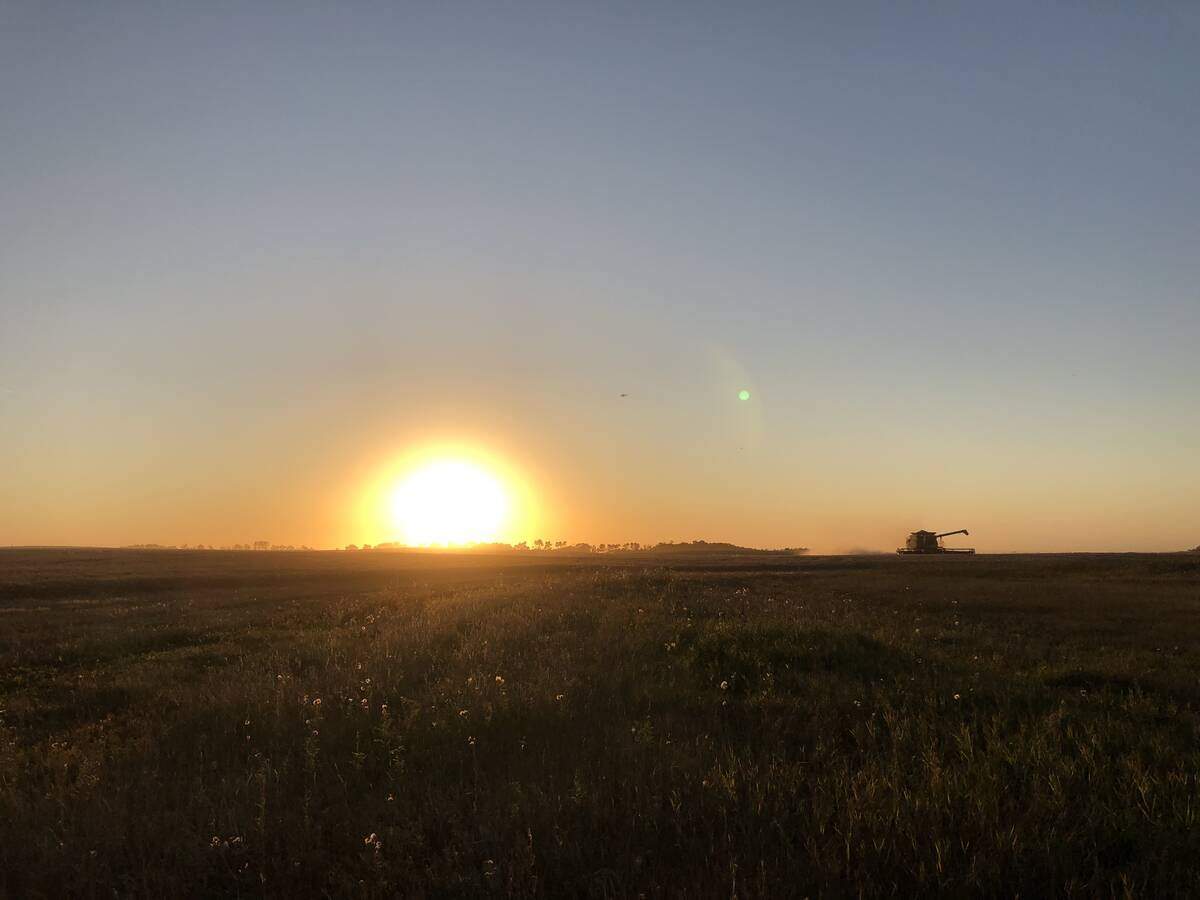Rain-soaked crop producers in Saskatchewan, Manitoba and Alberta can expect payments of $30 per acre for land that either couldn’t be seeded or that was seeded then drowned this year.
The federal and three Prairie provincial governments on Thursday announced about $448 million for an AgriRecovery program, in part to compensate growers on their eligible soaked acres.
The program will also include funding for eligible livestock producers in drowned-out areas of the Prairies to help cover costs such as renting viable pasture, or moving feed to livestock or livestock to feed.
Read Also

Record large Canadian wheat and canola crops: Statistics Canada
Canadian wheat and canola production in 2025/26 (Aug/Jul) surpassed early expectations to hit new record highs, according to updated survey-based estimates from Statistics Canada released Dec. 4.
“Governments have come together to develop a relief package that will help producers restore damaged cropland and transport feed or livestock so they can continue to produce the high quality grains and livestock the world has come to expect,” federal Ag Minister Gerry Ritz said in a joint release.
The new AgriRecovery program will put up $30 per eligible acre for cropland that couldn’t be seeded as of June 20, and for eligible cropland that was seeded but then flooded out on or before July 31.
Specific details of the funding for the livestock side of the program will be provided by each province, the governments said Thursday.
The AgriRecovery funds are to be delivered provincially by Saskatchewan Crop Insurance Corp., Alberta’s Agriculture Financial Services Corp. and Manitoba Agricultural Services Corp., all of which have forms available for the cropland aid, with other application forms either ready or near ready.
The AgriRecovery arm of the federal/provincial Growing Forward ag policy funding framework is meant to allow for government response when disaster strikes a farming region, but isn’t covered effectively by the framework’s other risk management programs.
“Template”
In a separate release Thursday, the Canadian Cattlemen’s Association hailed Saskatchewan’s plans to put some of the AgriRecovery funds toward a feedlot assistance program.
That portion of Saskatchewan’s funds is to go toward improvements to feedlots’ clay bases, “ensuring feedlots can continue to operate in an environmentally responsible manner,” the CCA said.
The Saskatchewan program allows for eligible intensive livestock operations to get a 75 per cent rebate on the costs of repairing or replacing pens and/or manure storage systems damaged by excess moisture in 2010 or 2011, up to $250,000 per applicant.
The overall Saskatchewan program could serve as a “template” for other governments and regions in Canada for programming “where extreme flooding is causing challenges to future feeding capacity,” the CCA said.
“This assistance, along with the expanded eligibility list for tax deferrals in Manitoba and Saskatchewan announced earlier this week, is appreciated,” CCA vice-president Martin Unrau said Thursday.
“It comes at a time when producers need it most and will allow them to make informed decisions well before the winter feeding season.”
Producers who faced flooding this spring in the Richelieu area of Quebec’s Monteregie region could expect similar news soon, the federal government noted Thursday.
Related work with the Quebec government is expected to be finalized “shortly.”














